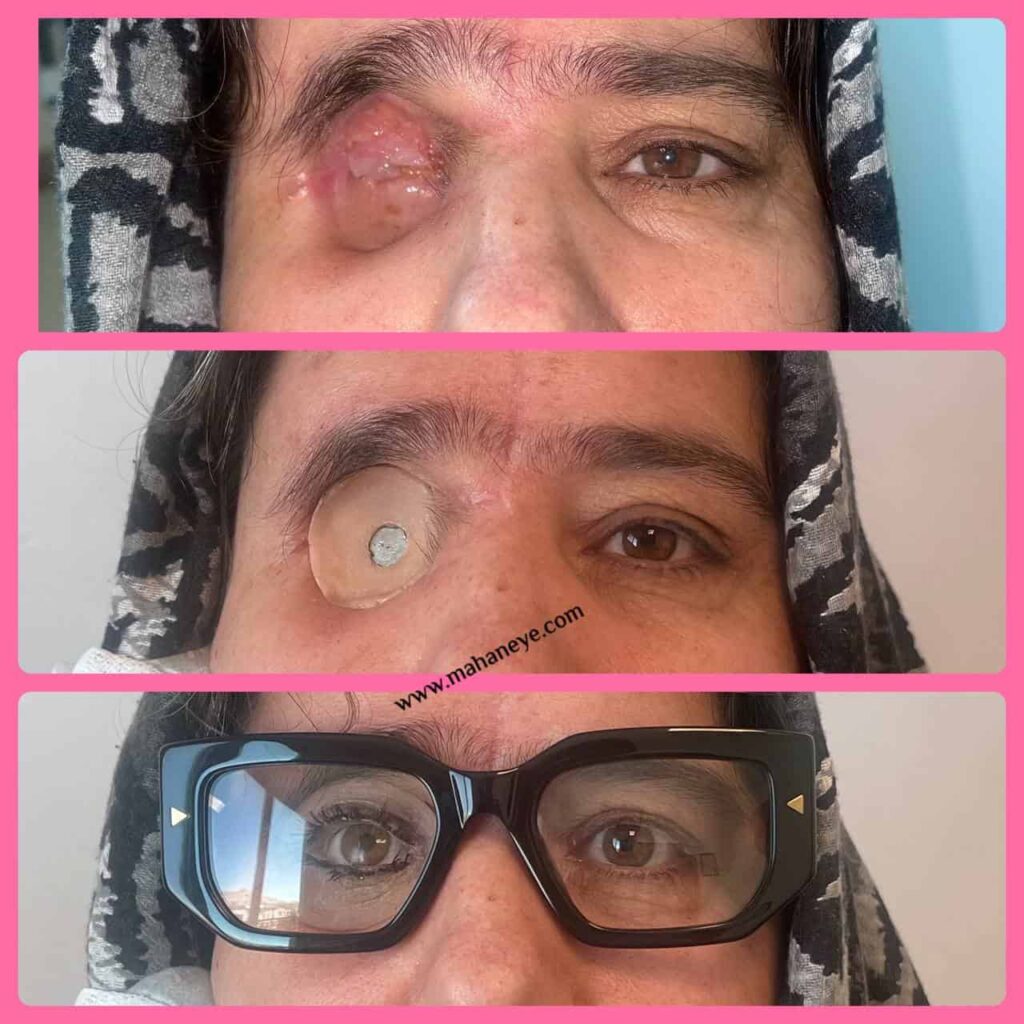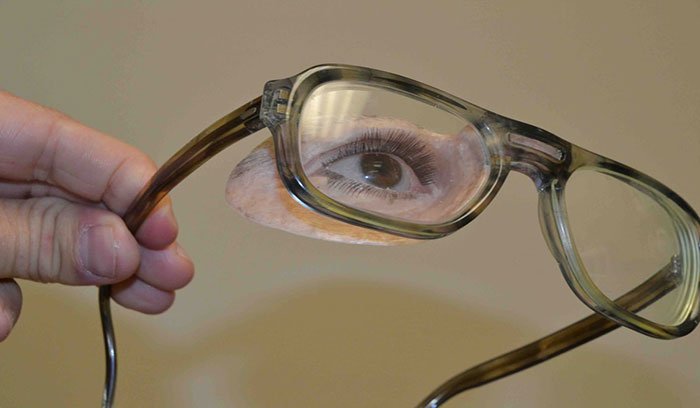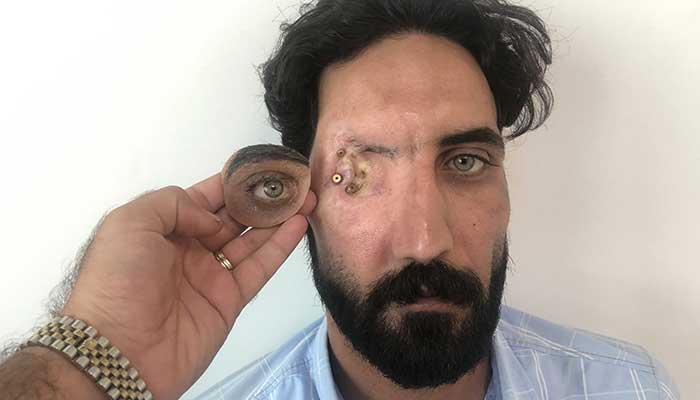Orbital Eye Prosthesis is a type of ocular prosthesis used in specific cases, particularly when severe damage affects the eye and eyelid area. This article provides explanations about the orbital artificial eye and its applications.
Methods of Eye Removal
There are various methods for eye removal, and the surgeon selects one based on the extent of damage:
Evisceration (Partial Eye Removal Surgery):
In this method, only damaged parts of the eye (e.g., the cornea) are removed, while the connection of the eye muscles is preserved.
Enucleation (Complete Eye Removal Surgery):
This procedure involves complete removal of the eyeball and is used in cases of severe trauma or diseases such as cancer. During the surgery, the eyeball is entirely removed, disconnecting the eye muscles. A spherical implant is then placed in the eye socket, and the muscles are reattached to it.
Exenteration (Complete Eye and Eyelid Removal Surgery):
In this surgery, both the entire eyeball and the eyelids are removed, fully clearing the damaged area.
When is the Orbital Eye Prosthesis Used?
The orbital eye prosthesis is used for patients who undergo Exenteration. This surgery is performed in critical situations, such as severe injuries or aggressive malignant tumors, primarily to save the patient’s life.
In some cases, depending on the extent of damage, the procedure may also involve removing the eyebrows and tissues of the orbital floor. This significantly impacts the patient’s facial appearance, necessitating the use of all available resources to mitigate aesthetic challenges.
Orbital prostheses designed for such cases reconstruct not only the eyeball but also the eyelids, eyelashes, and eyebrows (if needed). Custom molds are taken from the patient’s face and injured area, ensuring the prosthesis matches their skin tone and healthy eye appearance. Artificial hair is implanted into the prosthesis if eyelashes or eyebrows are damaged.
How Does the Orbital Eye Prosthesis Work?
Orbital prostheses are typically made of lightweight, biocompatible materials for comfortable placement in the eye socket. They are not directly attached to surrounding soft tissues but are secured using adhesives.
Advantages of Orbital Prostheses
Improved Appearance: Restores a natural look and boosts self-confidence.
Attachment Methods for Orbital Prostheses
Implant:
Special implants are placed on the bones of the affected area, with magnets enabling quick and secure attachment. Not suitable for patients who have undergone radiotherapy. Risk of infection exists.
Under Cut (Orbital Anatomy):
Used for patients with specific anatomical conditions. Requires evaluation by a ocularist.

Glasses:
The prosthesis is attached to the patient’s glasses, offering ease of use, lower cost, and reduced allergy risk.

Adhesive:
The most common method. Special adhesives bond the silicone part of the prosthesis to the skin. Skin sensitivity testing is required beforehand.
Conclusion
Orbital prostheses are used for patients who undergo eye and eyelid removal. Their production is more time-consuming than standard prostheses and requires specialized materials. Proper maintenance and usage instructions from a ocularist are essential. The cost varies based on multiple factors and is not fixed.
For pricing details, contact 02166889076 or 00989128357509.
Address information is available in the Contact Us section.
View examples of our work in the Gallery section of the Mahan prosthetic eye clinic website.




No comment